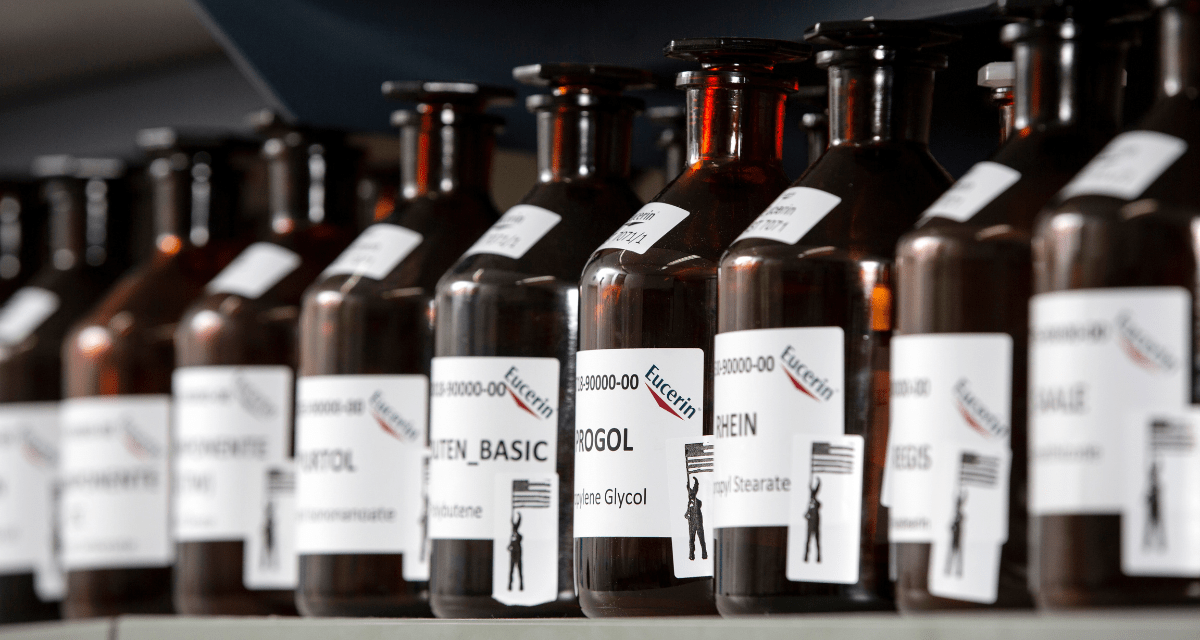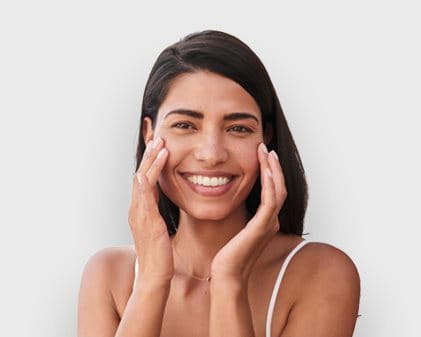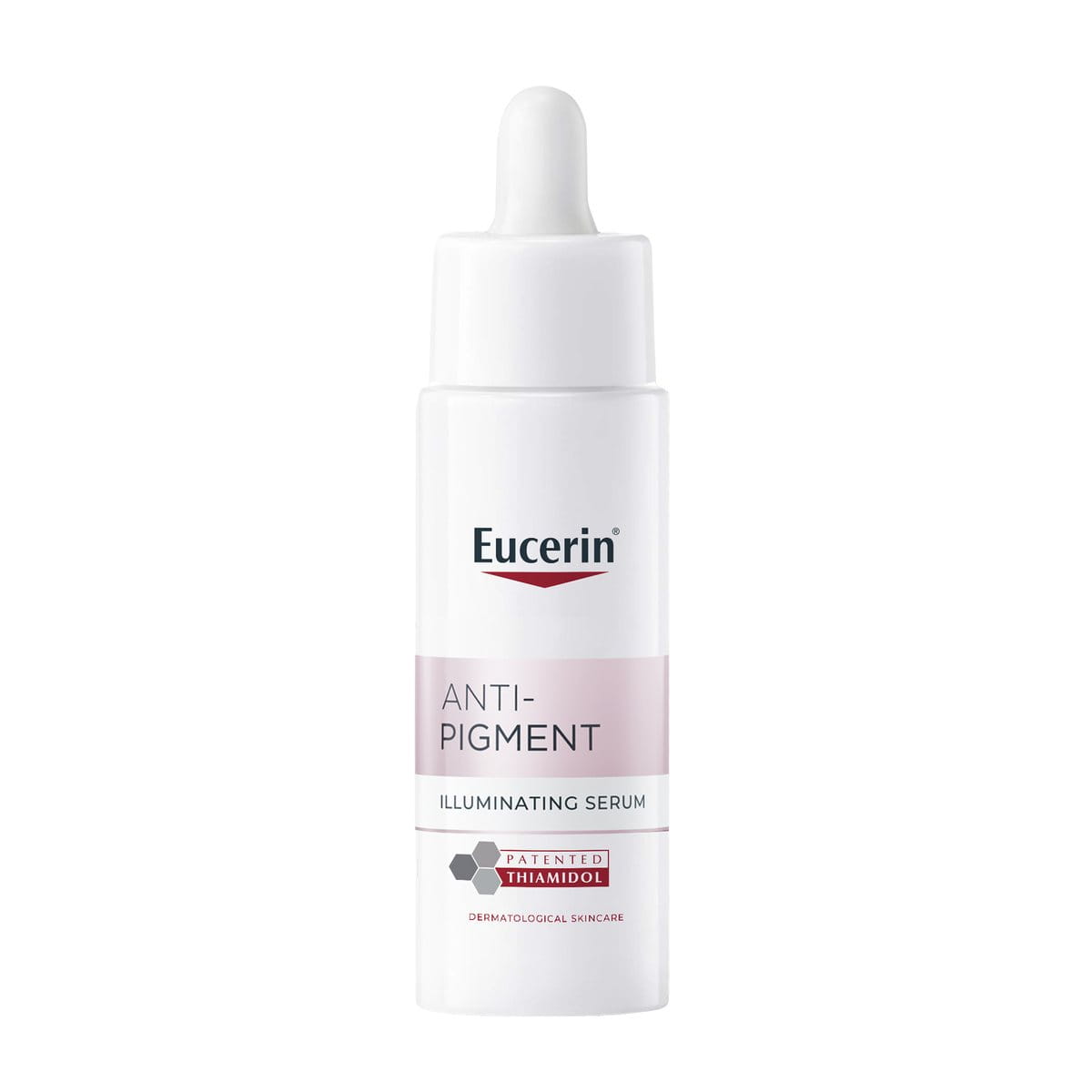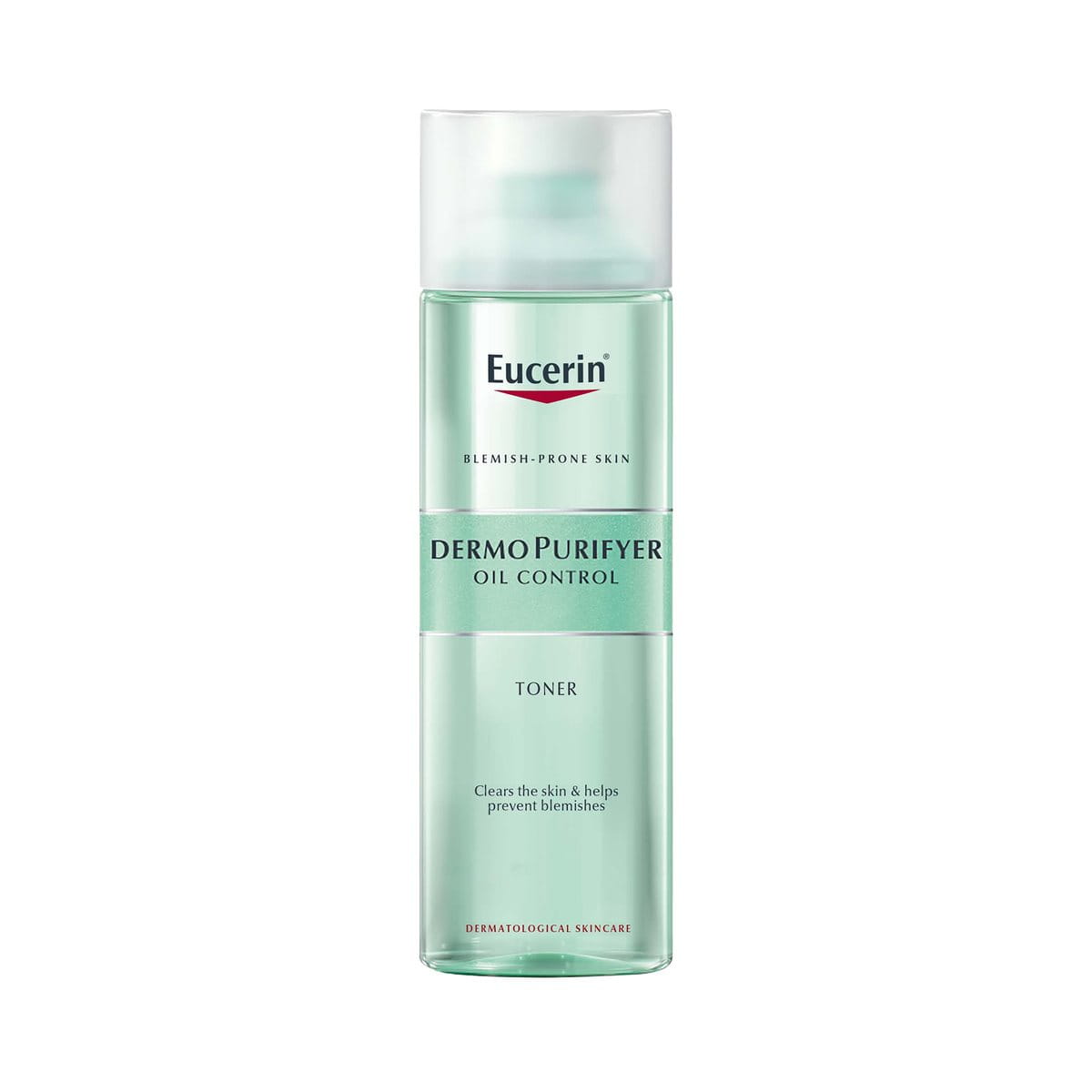Whether you’re using lipsticks, lip balms, or are simply examining your face in the mirror, you may notice a bit of pigmentation at the end of your lips or around your mouth. This is called perioral pigmentation, which can shadow your best features while appearing out of place. Here’s everything you need to know about it.
Keynotes:
- Spots and dark marks around the mouth can result from hormonal imbalances, comedogenic products, friction, or conditions like perioral dermatitis or lip-licking.
- The spots could result from melasma, sun spots, acne marks, and clogged pores.
- Ingredients like niacinamide, Thiamidol, AHAs, and salicylic acid can help reduce pigmentation effectively.
- You can prevent dark marks around the lips using non-comedogenic products, following regular cleansing, sun protection, and dermatologist consultation.





